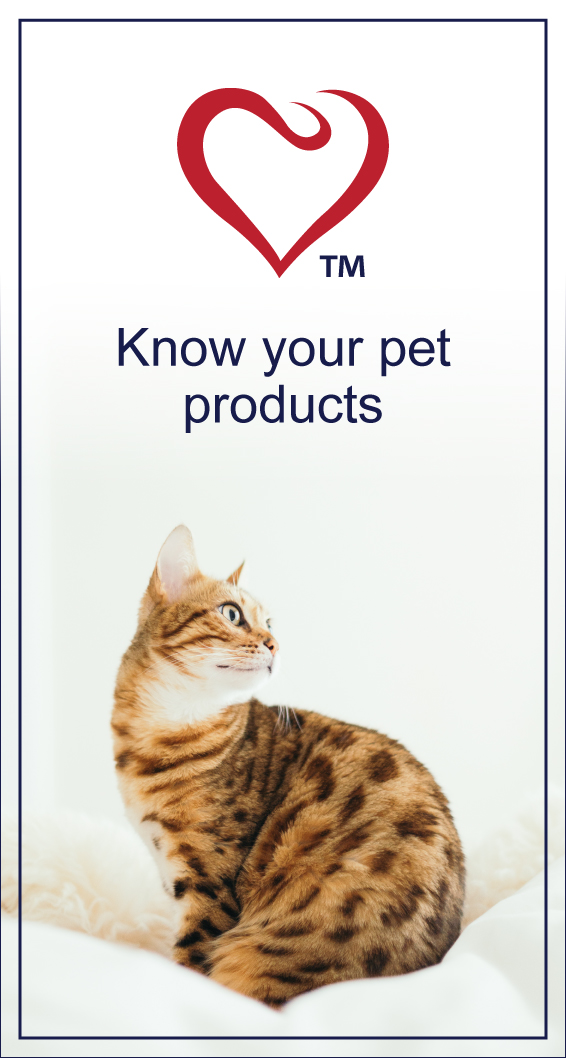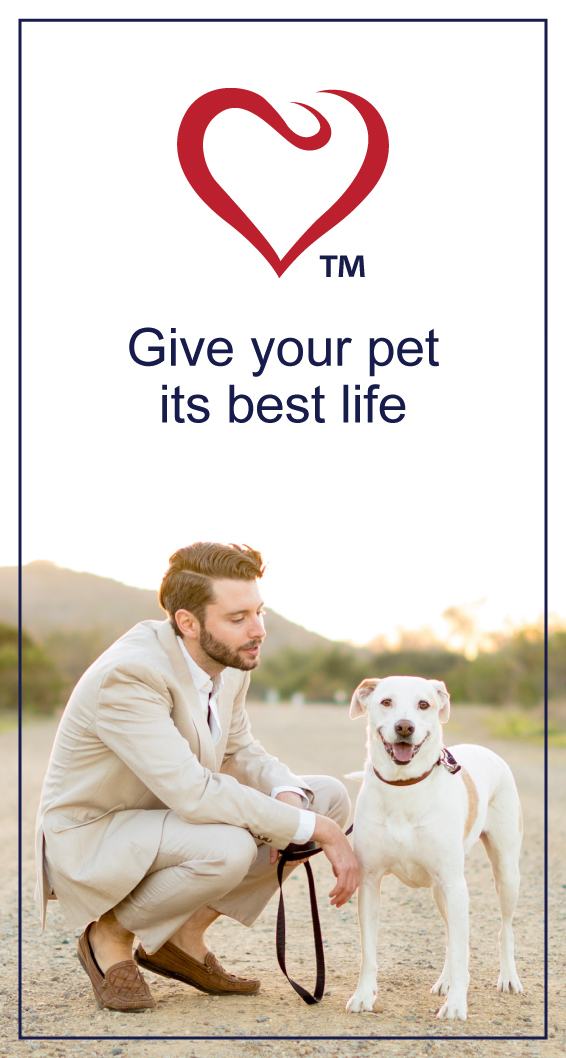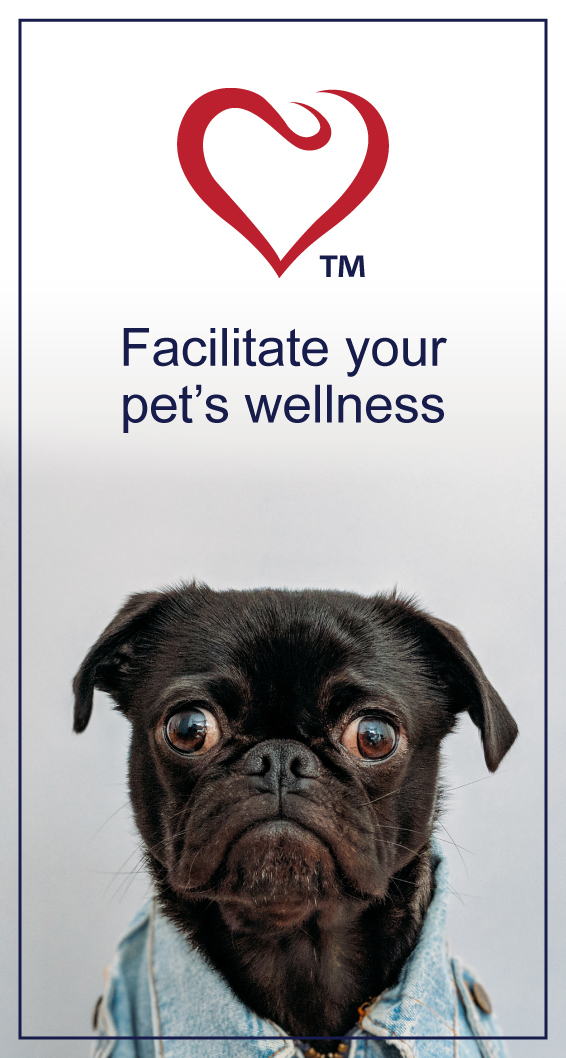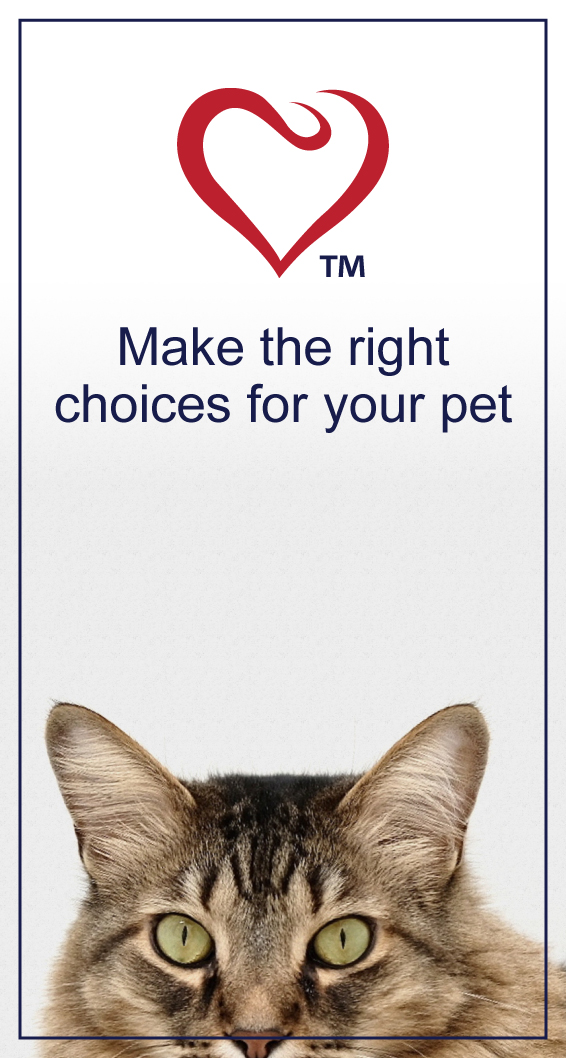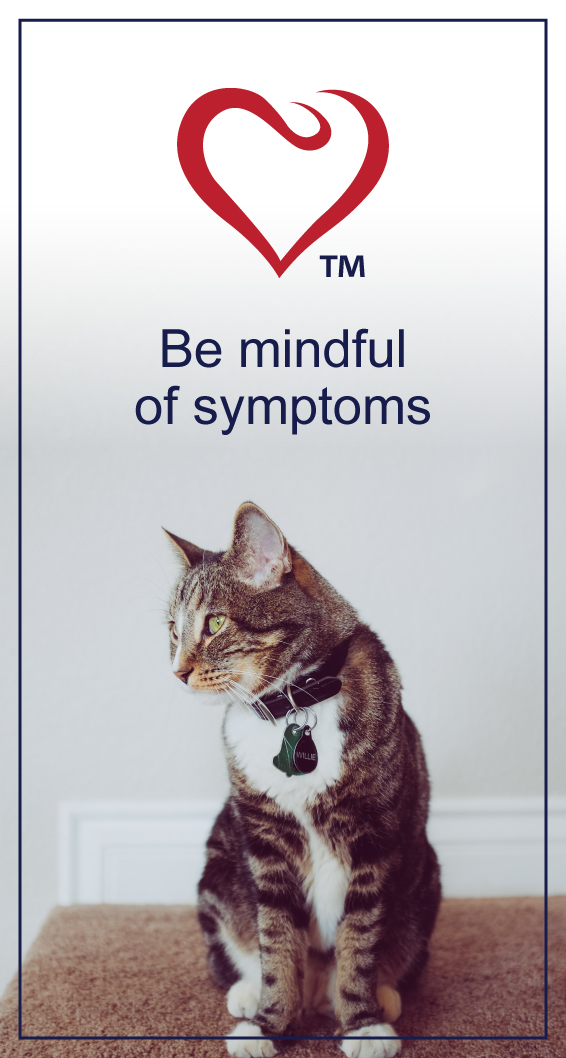HEALTH & WELLNESS

TRENDING
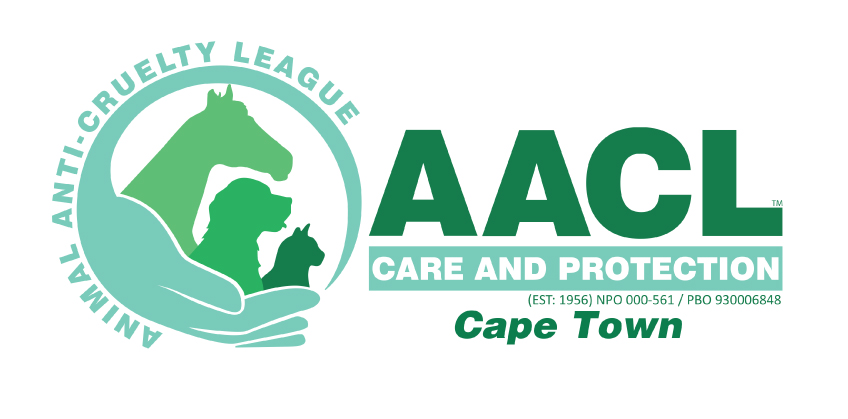
We’re excited and honoured to feature South Africa’s second largest independent animal welfare organisation on PetlifeSA.
Signs and Types of Oral and Gum Disease in Cats
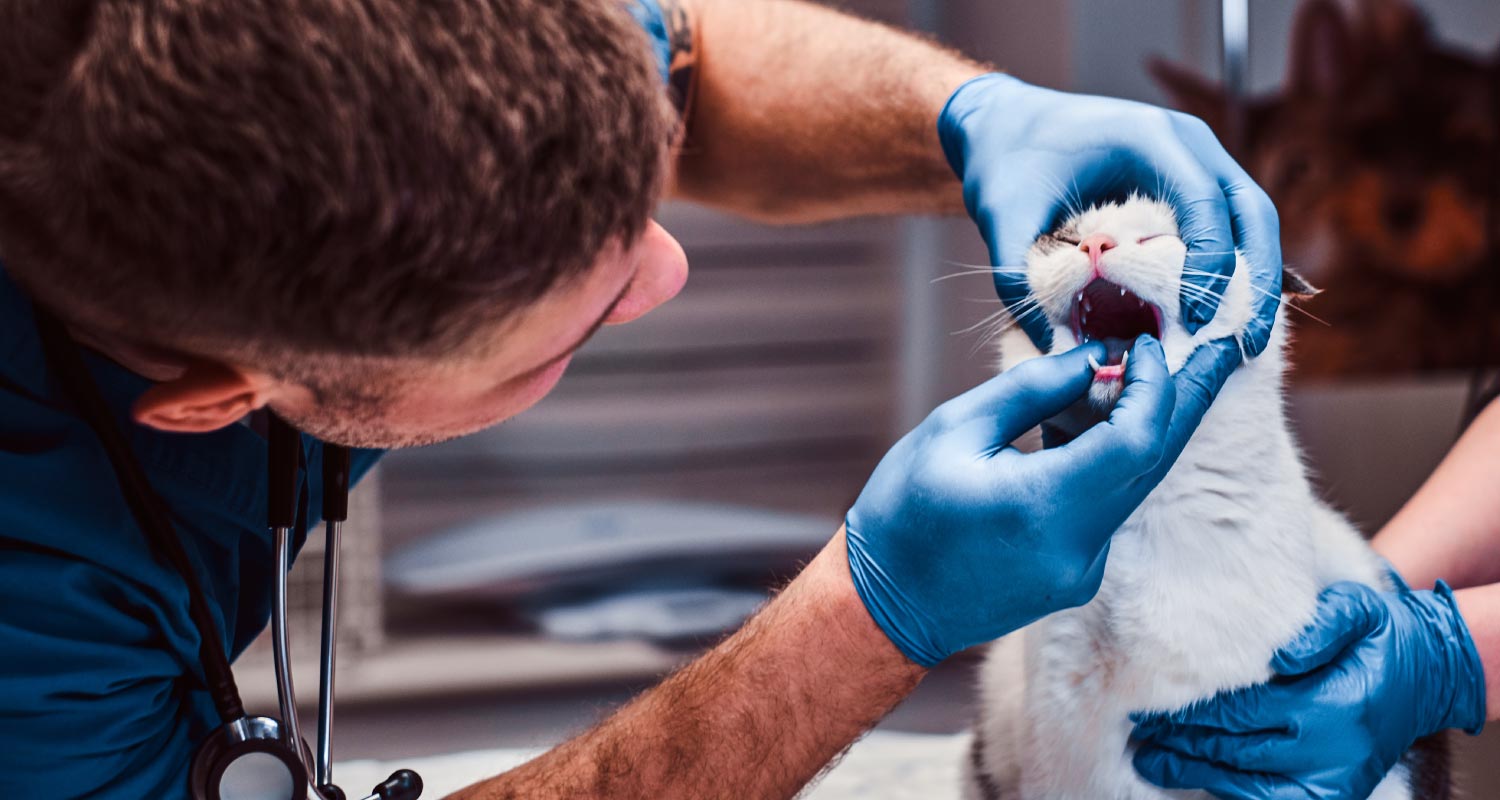
Cats require regular dental home care to reduce the risk of oral or gum disease.
SIGNS OF ORAL DISEASE IN CATS
Here are several signs of oral disease in cats you should watch out for:
- Drooling
- Bad breath
- Swollen face
- Pus near teeth
- Nasal discharge
- Loss of appetite
- Pawing at mouth
- Difficulty chewing
- Tooth discolouration
- Missing or broken teeth
- Red, receding or bleeding gums
- Lumps or swelling around the teeth
- Painful or inflamed lips, oral cavity, tongue or palate
TYPES OF ORAL, GUM AND TOOTH DISEASE IN CATS
ORAL AND GUM DISEASE
Gingivitis
Gingivitis (gum inflammation) is normally the earliest stage of gum disease that typically causes gums to become red and/or swollen.
Periodontitis
Periodontitis is a serious infection that can lead to bad breath and tooth loss, among other things, usually as a result of untreated gingivitis.
Feline Stomatitis
Feline stomatitis or feline chronic gingivostomatitis (FCGS) is a serious and painful inflammatory condition that affects the mouth and gums. Unfortunately, the exact cause is still unknown.
TOOTH DISEASE
Tooth Resorption (TR)
In short, TR is the process of tooth disintegration caused by cells called odontoclasts. Gradual breakdown continues until the tooth eventually fractures.
Veterinarians often pick up these problems with the teeth when they do a dental clean. In most cases the teeth need to be extracted. Annual checkups are recommended where the veterinarian will access your cat’s teeth and in some cases teeth will need regular cleaning to keep the mouth and teeth healthy.
The term TR (used by the American Veterinary Dental College) also has older/other names:
- Feline caries
- Neck lesions
- Cervical line lesions
- Cervical line erosions
- Feline odontoclastic resorptive lesions (FORLs)
- Feline cavities (cats actually don’t develop cavities from decay like we do)
Don’t hesitate to contact your veterinarian if you are concerned about your cat’s oral health.
Related Articles

